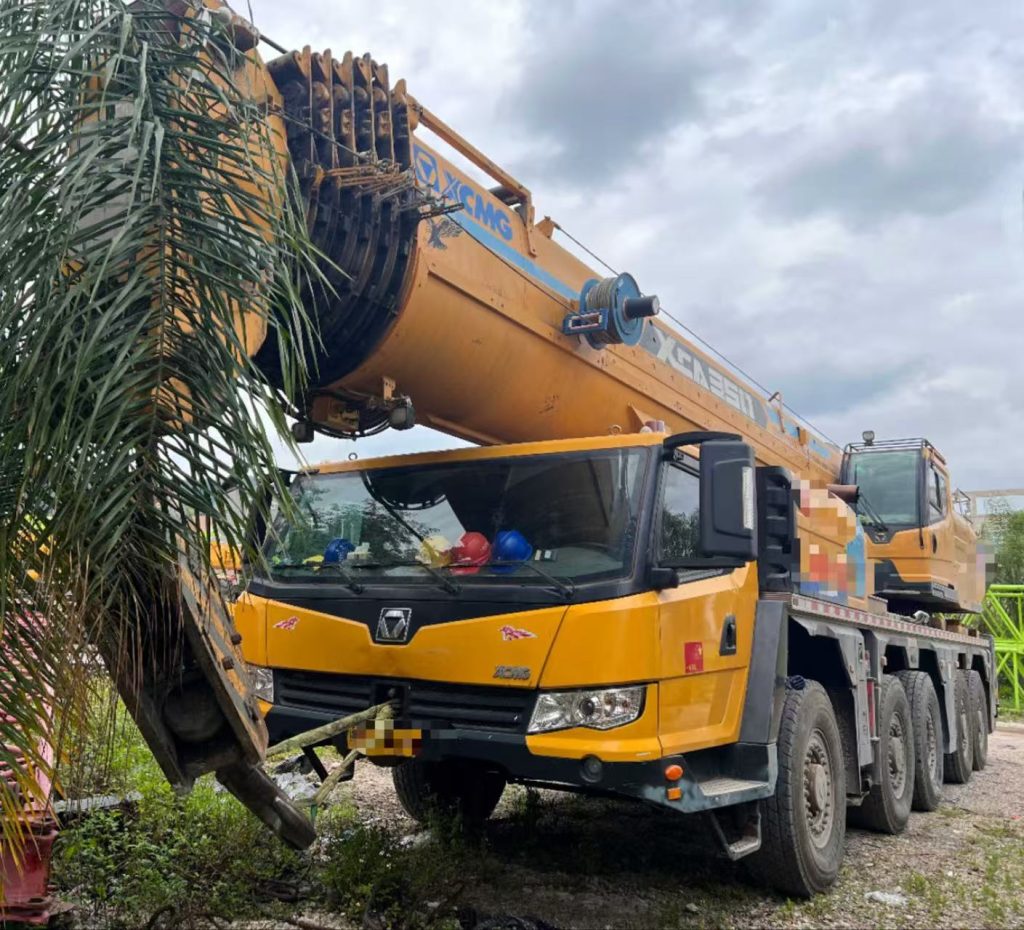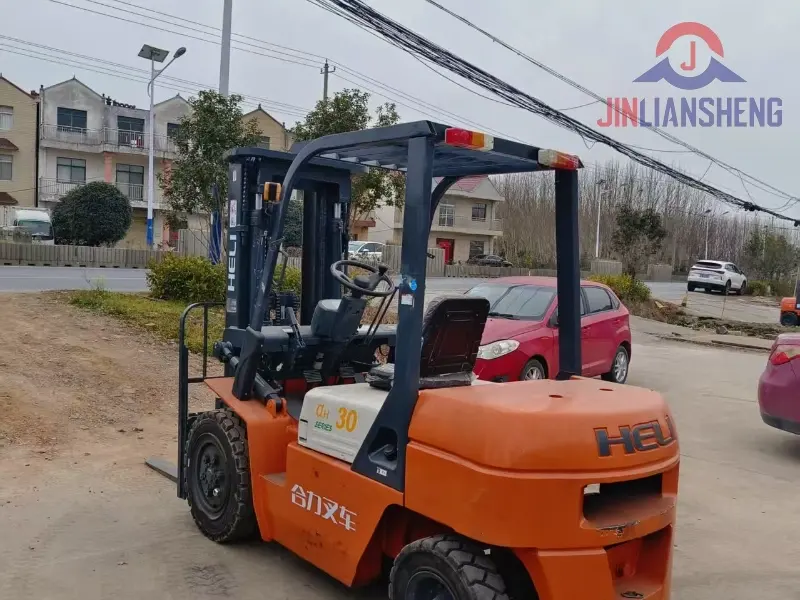Maintenance and Care Tips for Used Cranes
Release time: 2025-07-30
Used cranes, due to their lower purchase cost, are an important choice for many businesses, especially in the construction and logistics industries. However, since used cranes are often older and may have higher levels of wear and tear, proper maintenance and care are crucial. Correct maintenance not only extends the lifespan of the equipment but also ensures operational efficiency and safety. Here are some maintenance and care tips for used cranes.

1. Regularly Check and Change Hydraulic Oil
The hydraulic system is a core component of the crane, and the quality of the hydraulic oil directly affects the performance of the equipment. Since the hydraulic oil in used cranes may become contaminated over time, it is important to regularly check the oil quality and level. It is recommended to check the hydraulic oil every 300 to 500 hours and change it when necessary. Additionally, the filter should be replaced periodically to avoid the accumulation of impurities in the system, which can lead to hydraulic failures.
2. Check the Electrical System of the Crane
The electrical system of a well-maintained used crane may suffer from aging or poor connections. Therefore, it is vital to regularly inspect the battery, cables, connectors, and control systems. This is particularly important after the crane has been idle for a long time. Check the battery level and electrical connections, and replace the battery or cables if needed to prevent electrical failures that could affect operation.
3. Keep the Engine Clean and Lubricated
The engine is the power source of the used crane, and maintaining its cleanliness and proper lubrication is very important. Regularly clean the engine exterior to prevent the buildup of dust and dirt, which can affect the cooling and exhaust systems. Also, regularly check and replace the engine oil and filters to ensure smooth engine operation. Periodically check the coolant level to prevent the engine from overheating.
4. Inspect the Boom and Steel Cables
The boom and steel cables of a crane are critical components that directly interact with the load. After long-term use, the boom and steel cables in used cranes may suffer from wear or corrosion. Therefore, it is important to regularly inspect the boom’s connection points, welds, and the condition of the steel cables. If any cables show significant damage or corrosion, they should be replaced immediately to ensure safe operation.
5. Regularly Inspect the Brake System and Hydraulic Brakes
The brake system is another key part of ensuring crane operation safety. Regularly check the brake system, including brake pads, brake fluid, and the hydraulic brake system, to ensure their responsiveness and reliability. If any issues are found, such as reduced braking power, immediate attention should be given to prevent potential safety hazards.
6. Conduct Structural Inspections
The long-term use of a second-hand crane can cause aging and damage to structural components, especially load-bearing parts like the legs and frame. Regularly inspect the welding points, joints, and support points of the structure to ensure the stability of the crane. This is especially important after using the crane in extreme temperatures or harsh environments, as a thorough structural inspection can help identify hidden risks.
7. Follow Manufacturer’s Maintenance Recommendations
Each used crane may have slightly different maintenance requirements, so it is crucial to follow the manufacturer’s maintenance manual. Depending on the crane’s usage and working environment, the manufacturer often provides specific maintenance guidelines. Following these guidelines and performing regular inspections can help prevent unnecessary breakdowns and damage.
The maintenance and care of used cranes are not only key to extending the lifespan of the equipment but also essential for ensuring safe operation and improving work efficiency. By regularly checking key components like the hydraulic system, electrical system, engine, boom, and steel cables, and addressing issues promptly, you can significantly reduce the likelihood of breakdowns and minimize repair costs. Additionally, adhering to the manufacturer’s maintenance recommendations will help keep the crane performing at its best, ensuring both efficiency and safety when using used cranes.



